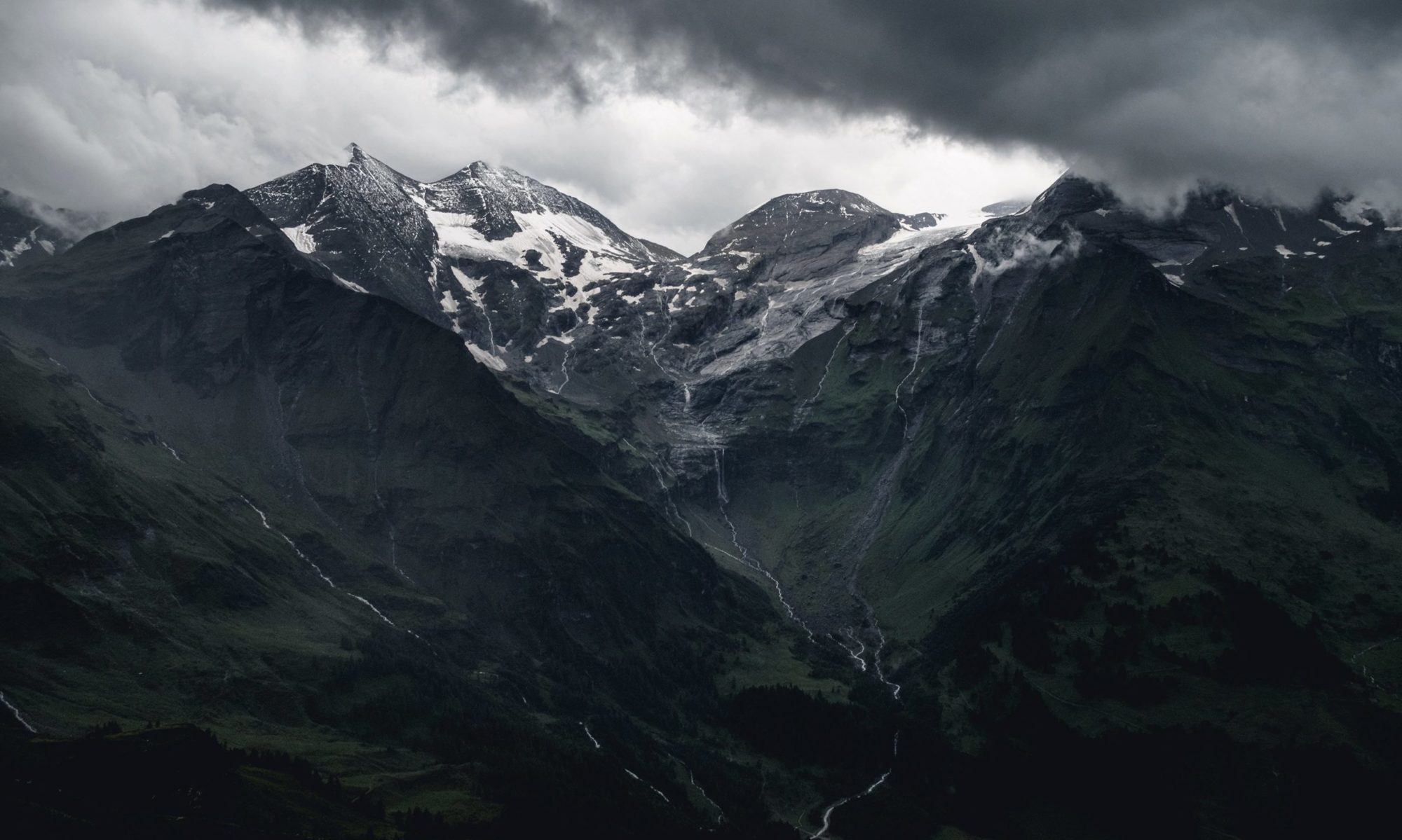Start with Water
Following the Rule of Three, it makes a lot of sense to start with water when it comes to preparation. There are two approaches to water for emergency preparedness, but if you’re really smart you’ll do both. First store the water that you can where you live. Smaller water pouches or bottles are ideal for 72-hour kits, and larger water storage drums are the best for at-home (non-mobile) water storage. Once your base is established, the second method is to make sure you have means to purify water that you get from other sources. Filtering straws, purification pumps and canister purifiers are all methods to consider and should be determined based on how many people you need to provide for and the space you have.
Don’t worry about starting small, just get started!
The easiest and most budget friendly way to begin is by adding one extra can of food to your cart each time you go to the grocery store. High protein foods like tuna or black beans provide lots of energy, have long-shelf-lives and are easy to rotate through as they are common in many people’s every day diets. Then move on to buying a bag of rice or box of pasta instead of a can each time and soon enough you’ll have a food store that will last you for weeks. Don’t worry about the longer term stuff until you’ve got something simple already in place.
Store things that you enjoy and know how to eat
Plenty of people buy food storage kits with raw grains, wheat mills, raw beans, etc. but when an emergency situation falls in your lap, your food storage quickly becomes your only option, so if you’re not practiced at boiling beans or processing wheat to make flour, it’s not going to be fun. Having those resources and learning to use them can be invaluable, but to start just focus on foods that you know you like and know how to eat. If you like fish, stock up on tuna and canned salmon, if you are vegetarian, pile on the green beans, and if you eat candy on a daily basis, buy an extra bag for the shelf. It’s better to have food storage that doesn’t make you cringe when you look at it. You’re also much more likely to turn over your storage and avoid wasting food if you’re storing things that you regularly eat.
Pay attention to how much you eat
The last thing that is absolutely crucial for beginners to understand is how much they actually need. This is largely subjective depending on what kind of disaster or emergency you’re preparing for, but the first step is the same either way: figure out how much you eat on a daily basis right now. By knowing how many cans or portions of each thing you’d need for each meal, you’ll know how to shop and know where your shortages are. You’ll want to avoid finding yourself with only one option for breakfast, lunch and dinner because you were quick to buy lots of one thing and not much of anything else.
Once you have the basics covered, come back and explore more in depth food storage tactics as well as gardening tips to grow your own.
#foodstorage #emergencyprep

